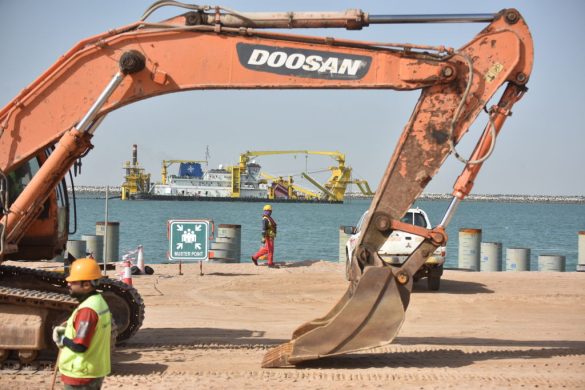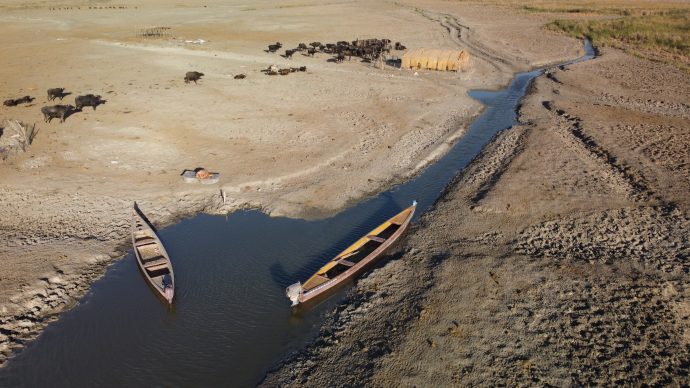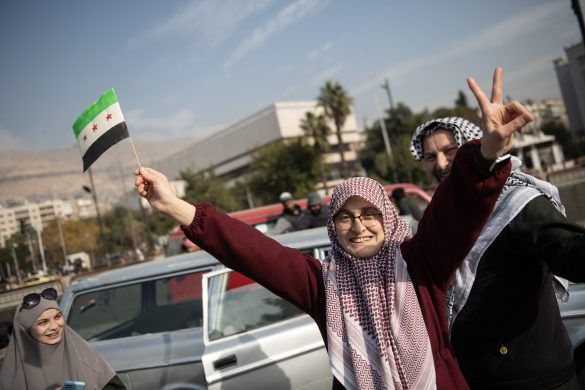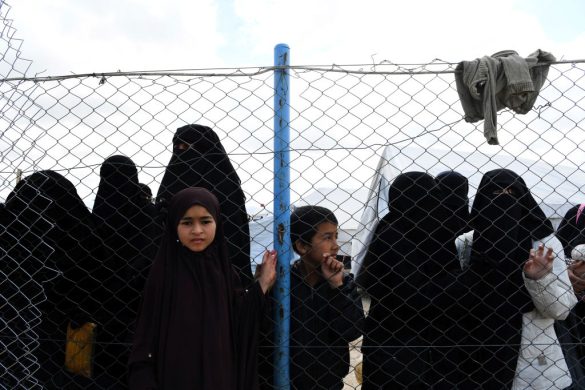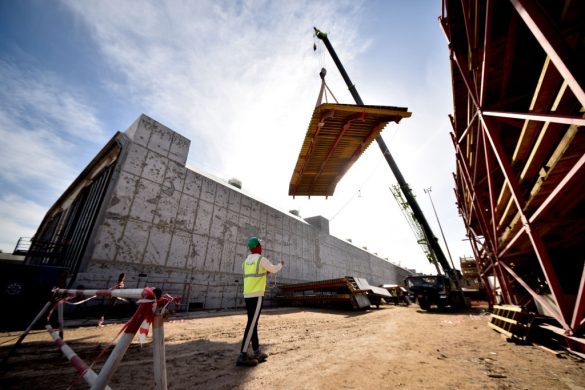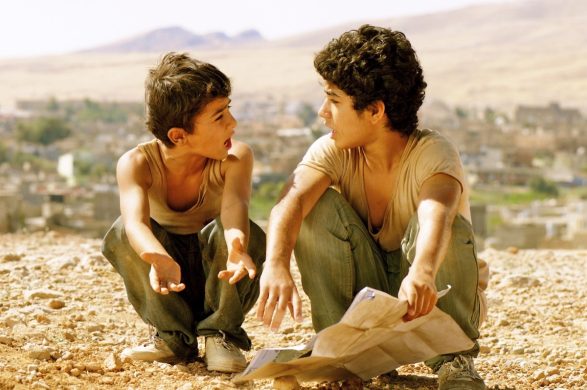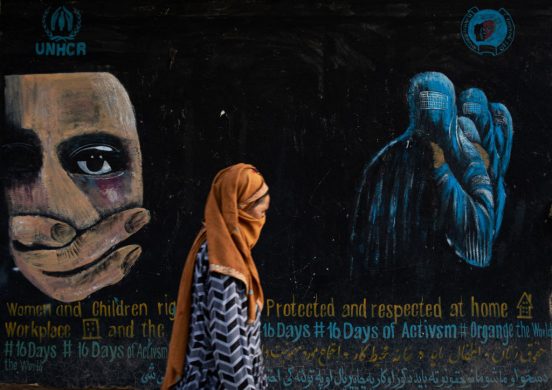ERBIL, 12 January, 2018 (IOM): For the first time since the beginning of the Iraq crisis in December 2013, the number of people returning to their area of origin has surpassed the number of people displaced in the country.
Over the past four years, the country has been deeply affected by the conflict with ISIL, which led to the displacement of nearly six million people. Prime Minister Abadi announced Iraq’s victory over ISIL on 9 December 2017; by the end of 2017 IOM, the UN Migration Agency, identified 3.2 million people, who have returned back to their place of origin, while a staggering 2.6 million remained displaced.
Following the improvement of the security situation in retaken areas, a sizable number of internally displaced Iraqis have returned to their location of origin, mainly to the Governorates of Anbar (38 per cent; more than 1.2 million people), Ninewa (30 per cent; nearly 975,000 people), and Salah al-Din (14 per cent; nearly 460,000 people). These three governorates were the worst affected by ISIL’s occupation, and count for 86 per cent of the current displaced population in the country.
Byggede flygtningelejre da kampen om Mosul blev indledt
Shortly after the operation to retake Mosul was launched in October 2016, IOM Iraq constructed two emergency displacement sites, one in Haj Ali and one in Qayara, with combined capacity of sheltering 110,000 internally displaced persons (IDPs). The sites were constructed in partnership with the Government’s Ministry of Migration and Displacement; both sites are located in the southeast of Ninewa governorate.
The sites are still sheltering more than 71,000 internally displaced persons, who receive relief kits, medical services and psychosocial support from IOM, and a variety of other services from other humanitarian partners.
Intra-Governorate returns of internally displaced persons account for 55 per cent of returnees; this has been a common trend across the most affected Governorates and is likely to continue as the number of displaced people remains high. In fact, the most significant concentration of IDPs is currently in Ninewa (57 per cent) with an intra-governorate internally displaced people population of 97 per cent.
“Iraqis who remain displaced are among the most vulnerable, as they face obstacles to return, including damage or destruction of their home and local infrastructure, financial limitations and other constraints,” said Gerard Waite, IOM Iraq Chief of Mission.
Studies by IOM’s Displacement Tracking Matrix (DTM) that analyse displacement and return movements of conflict-affected people across Iraq and investigate the factors limiting the displaced people’s willingness to return to their place of origin include the Integrated Location Assessment (December 2017) and Obstacles to Return in Retaken Areas of Iraq (June 2017).



